
 Image: Turtle Rock
Image: Turtle Rock
Halloween is here, and you know what that means: It’s time to scare yourself silly. Horror games are a dime a dozen. But terrifying horror games, good horror games—well, those are much rarer. We’ve rounded up some of the best horror games ever made, running the gamut from big-budget extravaganzas released this very year to… text adventures. Yes, seriously.
Turn out the lights, put on some headphones, make sure you’ve got a spare pair of underwear nearby, and enjoy these terrifying spine-tinglers.
Editor’s note: This list was updated on October 31, 2022 to tweak the list below. Hayden Dingman and Adam Patrick Murray contributed extensively to this article.

Like Left 4 Dead, Phasmophobia is a first-person, 4-person horror coop game. But while Valve’s undead shooter leans into action with guns a-blazing, Phasmophobia takes a more classical approach to terror. You control a tiny team of paranormal ghost hunters, traveling to various locations and using an array of equipment (from UV blacklights to EMF readers) to try to identify the type of spook haunting the house, and where they’re lurking. The places are dark. The ghosts are not friendly.
It’s already the best ghost game I’ve ever played, even in its current slightly janky early access form. The tricks it pulls using the in-game voice chat can be truly terrifying. Turn off the lights, grab some friends, and don’t miss out.
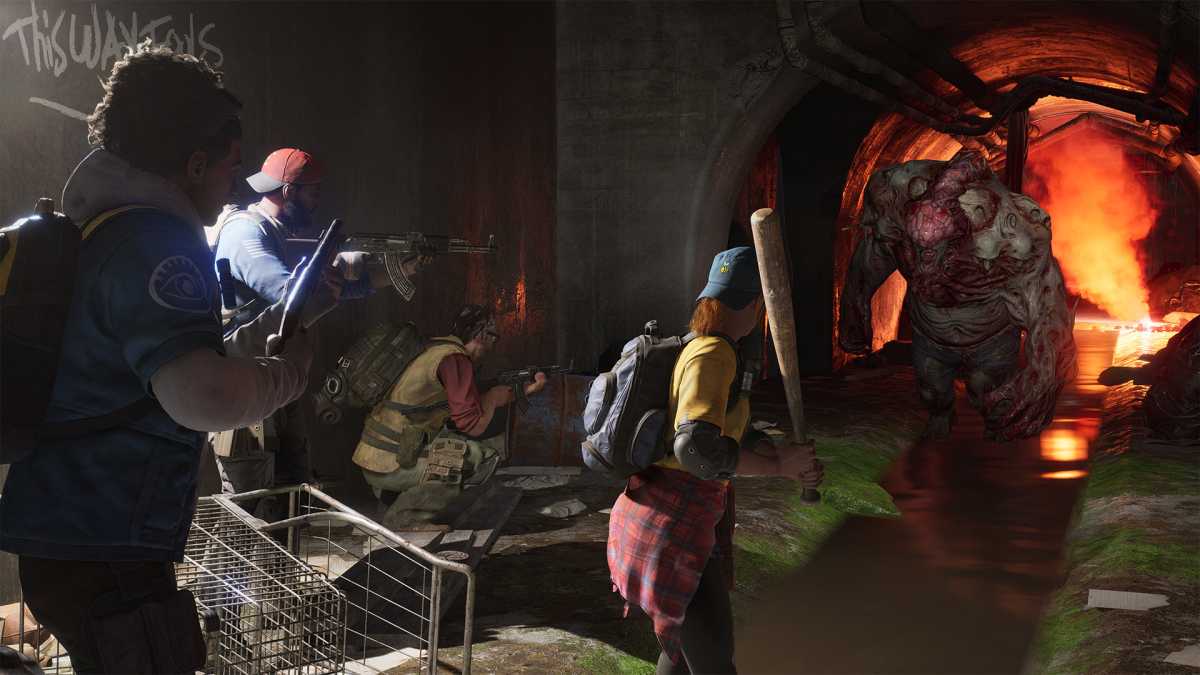
Turtle Rock
Turtle Rock
Turtle Rock
Speaking of “Like Left 4 Dead,” Back 4 Blood is a cooperative first-person shooter where you and three buddies (or AI companions) blast through hordes of zombies, including special versions with meaner abilities. Sound familiar? It should—the game’s even made by Turtle Rock, the developer behind Left 4 Dead. A new card system adds a random element to the game that can turn situations on their heads (for better or worse) and amps up the replayability.
The player base has dwindled a bit since release, but if you’ve been feeling nostalgic for the L4D feel of yesteryear, grab some buddies and saddle up. Better yet, Back 4 Blood is included in Microsoft’s excellent Xbox Games Pass for PC, so you might not even spend a dime to get in on the fun.
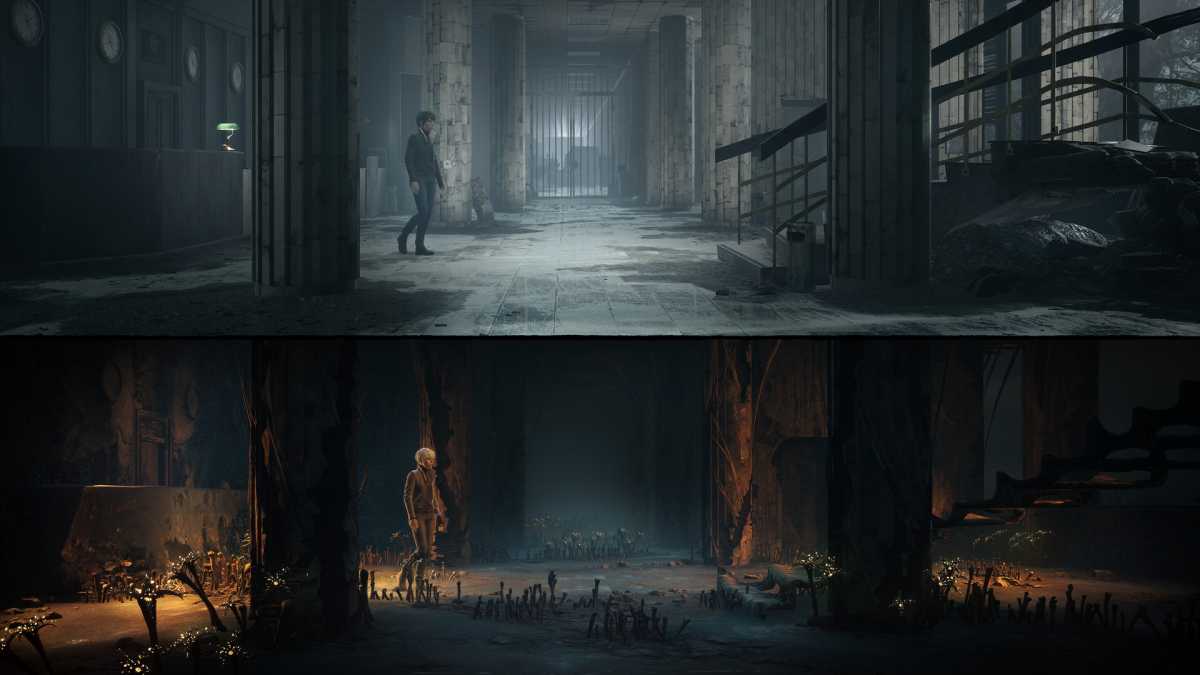
Bloober Team
Bloober Team
Bloober Team
What happens when you pair up the developers behind horror classics like Layers of Fear, Observer, and Blair Witch with Silent Hill veteran Akira Yamaoka contributing music, then top it all off with a cutting-edge real-time ray tracing graphics engine? You get The Medium, a truly dark and disturbing third person adventure where you play as a psychic who travels (sometimes in real time) between the real world and the spirit world to solve a mystery in an abandoned eastern Europe resort town. This one will stress your PC hardware as well as your psyche.
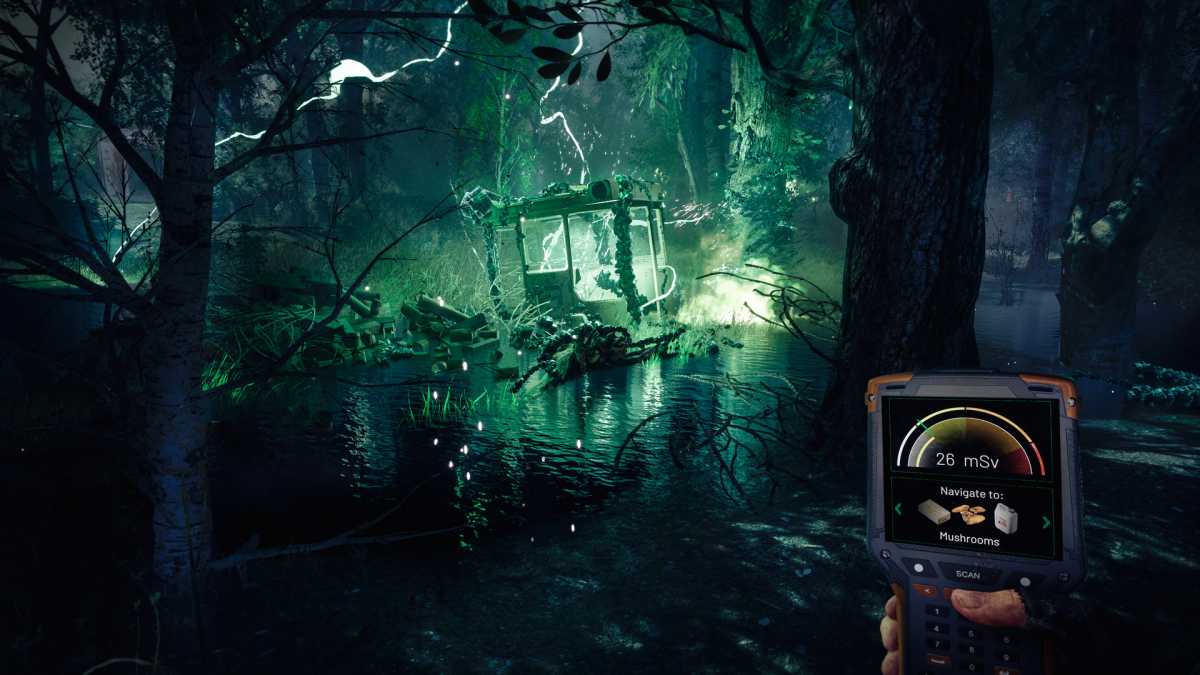
Chernobylite
Chernobylite
Chernobylite
Not only is the idea of exploring the famous nuclear disaster site Chernobyl scary in itself, but imagine if there were supernatural creatures roaming around as well? Chernobylite feels like a sci-fi horror version of S.T.A.L.K.E.R. or Metro set in Chernobyl’s excursion zone as you try to track down what happened to your fiancee 30 years ago. It’s a stealth based FPS with some interesting base building and choose-your-own-adventure-style storytelling in a package I’ve never experienced before, and I love it.
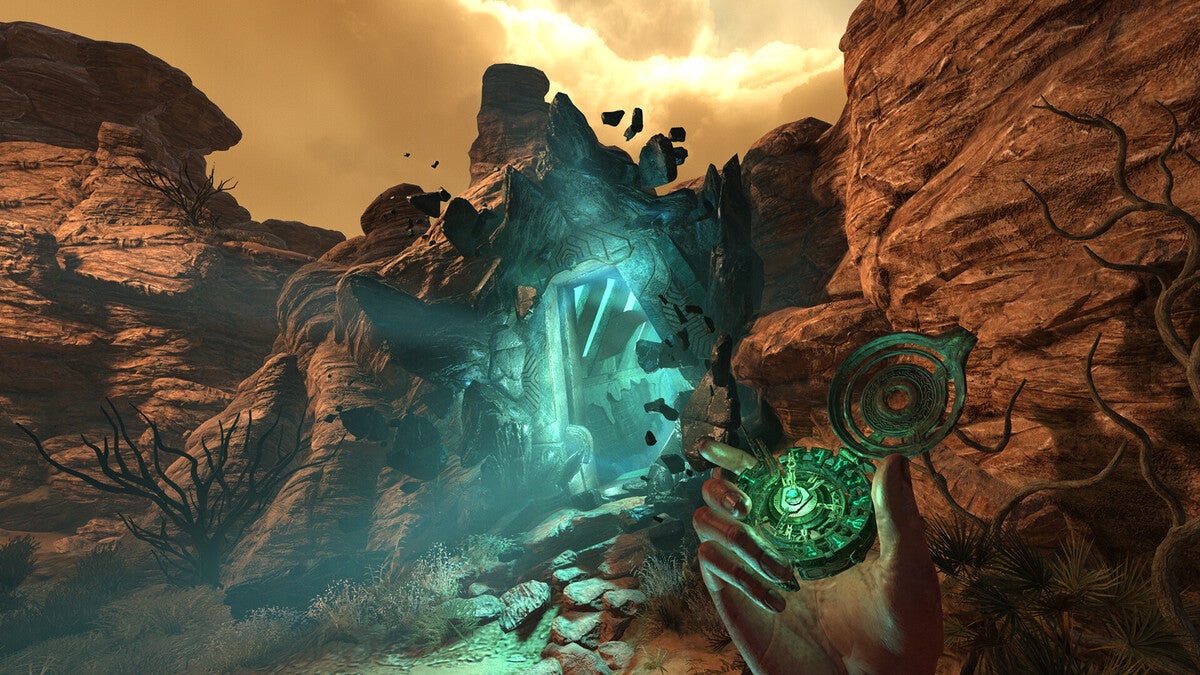
Over a decade after its debut, Frictional’s Amnesia series remain some of the most truly spine-tingling horror games available. This year, Frictional delivered a treat just in time for Halloween. Amnesia Rebirth takes place in the Algerian desert in 1937, putting you in the shoes of Tasi Trianon, who—of course—wakes up with no memory. The game’s developers call it “A harrowing journey through desolation and despair, exploring the limits of human resilience.” Better yet, Rebirth is a direct follow-up to the legendary Dark Descent, and some of the locales give off strong Soma vibes—two games we’ll talk about more later.
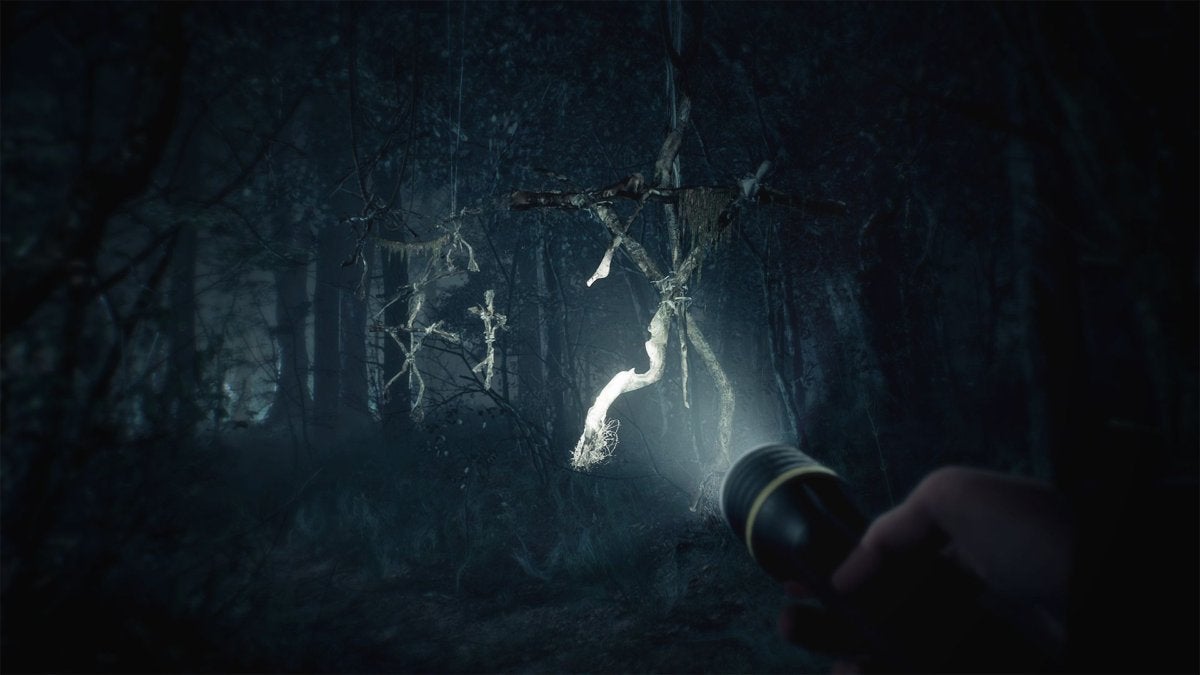
Bloober Team puts out damned creepy games, but the one I’m more enamored with isn’t a great fit for this list. Layers of Fear 2 is a masterpiece of art direction, a brilliant homage to classic Hollywood that I highly recommend—but it’s not scary.
Blair Witch is pretty tense though. Taking on the found footage aesthetic of the films, you play as an ex-cop who joins a missing persons search—and ends up (as you’d expect) hopelessly lost in the woods. As ever, Bloober’s got a neat gimmick to go with the action, scrubbing through film clips to change the state of the world. That’s a side course though. Really, this one’s just about the tension of being alone in a forest labyrinth, with no way out. Sometimes the simple concepts are the scariest, yeah?
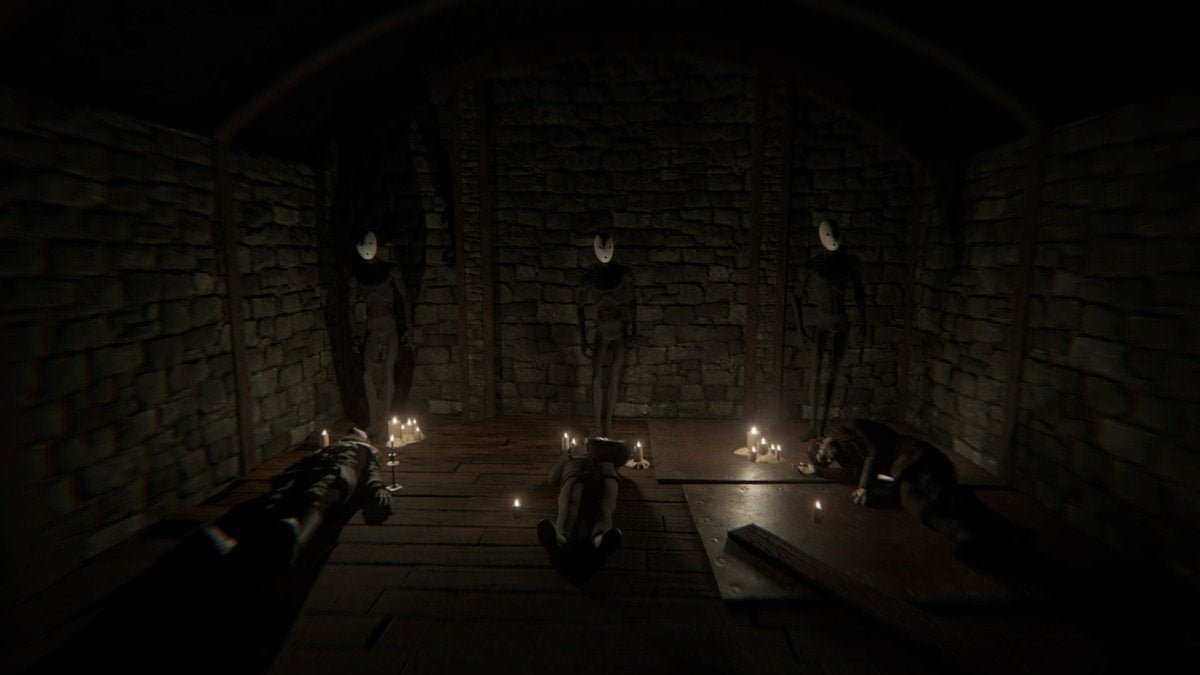
A remake of Ice Pick Lodge’s 2004 oddity Pathologic, pseudo-sequel Pathologic 2 preserves much of the original’s subtle horror. There’s a city. There’s a plague. There’s never enough time.
And sure, there are more traditional horror elements—cryptic speeches, otherworldly entities. It’s more about the experience though. Playing as “The Haruspex,” you’re ill-equipped to unravel Pathologic 2‘s mysteries, and that’s part of the draw. If horror games are about making the player feel weak and powerless, then Pathologic 2 is one of the most successful horror games of all time. Every success is hard-won, and any fleeting catharsis like a breath of fresh air for a dying man.

Resident Evil 2 was one of the more neglected Resident Evil entries. Whereas both the debut and Resident Evil 4 have been remastered and even remade time and again, Resident Evil 2 was left to languor on the PlayStation for two decades.
Capcom did right by it though. The Resident Evil 2 remake is the bar for any and all remakes going forward, transplanting the story and atmosphere of the original into a modern engine. A map that tracks your per-room progress is one of many smart tweaks here, as is ditching the iconic (but annoying) save ribbons for all but the hardest difficulties.
Since this remake came out, Resident Evil VII brought pure horror in a single bleak location back to the series, while Resident Evil VIIIage (sigh) revived the clockwork puzzle feel of the earlier games. There was also a Resident Evil 3 Remake that wasn’t quite as successful. But if you’ve only got time for one RE game this Halloween season, start with Resident Evil 2 Remake.
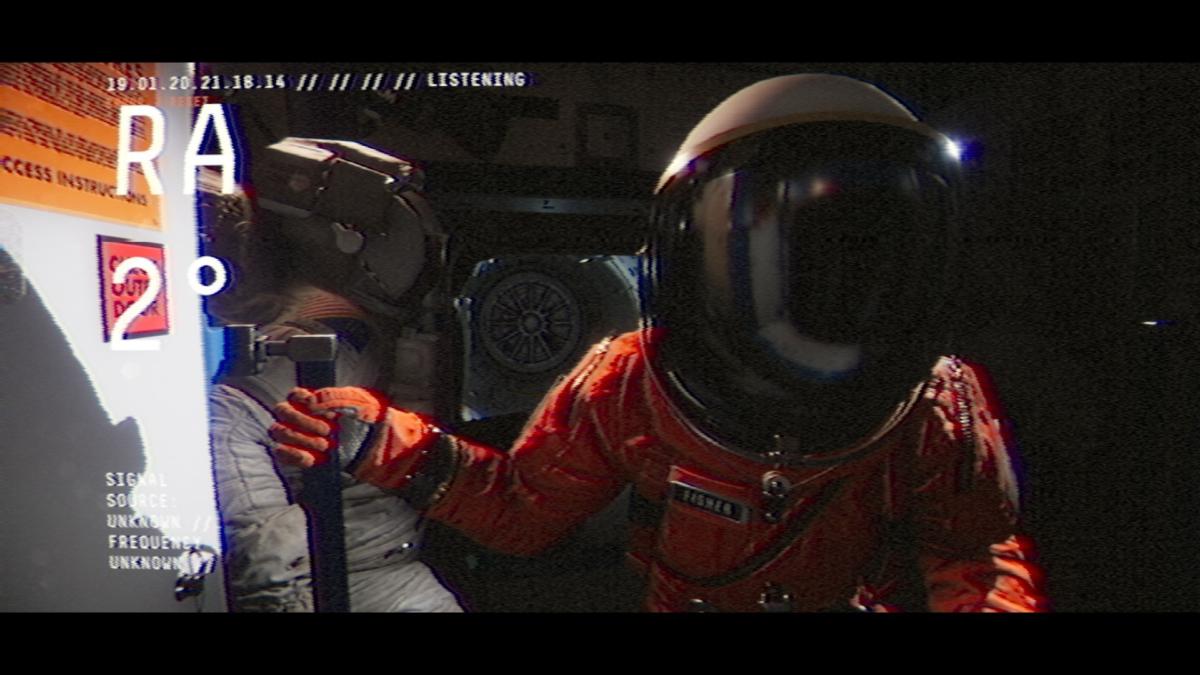
No Code’s Stories Untold created horror from the mundane, nightmares unfolding while you spooled through microfiche or adjusted the dials on an X-ray machine. Observation is slightly more active, but retains that analog feel. This time you’re aboard a spaceship in Saturn’s orbit—or rather, you are the spaceship. You’re S.A.M., the ship’s artificial intelligence, only afforded a window on the world through your various security cameras.
I still think No Code described it best in their first pitch, when they said “Observation is kind of 2001: A Space Odyssey—but you’re HAL.” Combine that with some Annihilation-esque cosmic horror, and you’ve got all the makings of an unsettling slow burn.
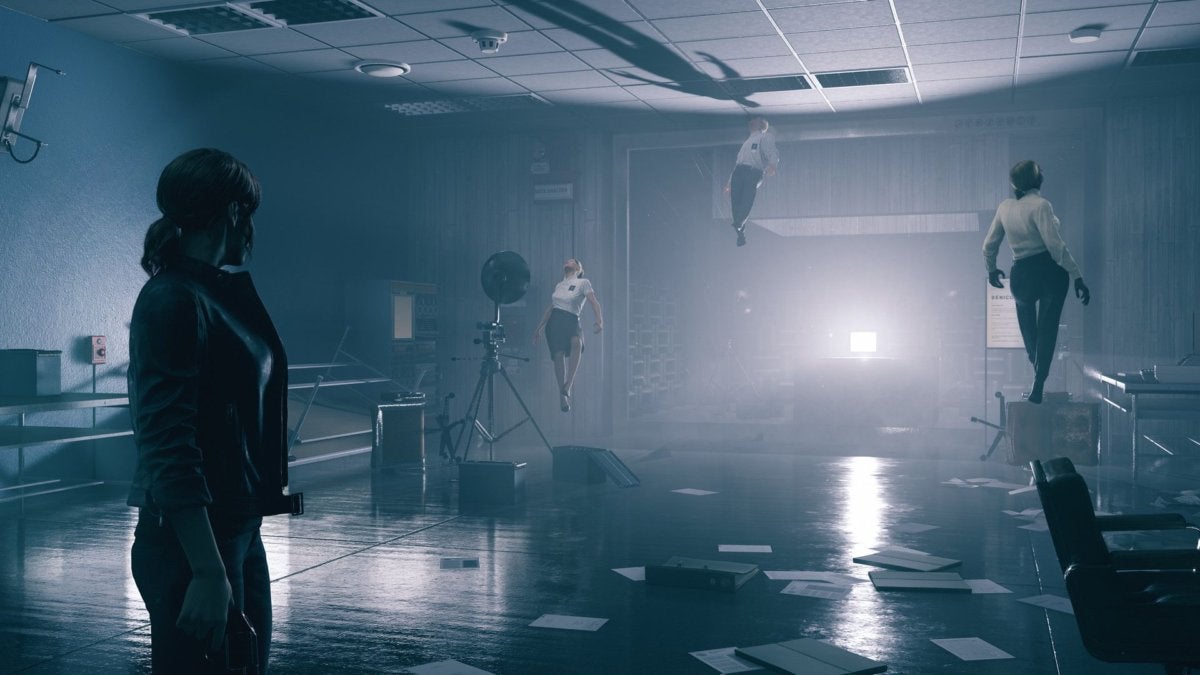
Another one for fans of New Weird, Control certainly isn’t the most traditional horror game. Hell, it’s not even the most traditional horror game made by Remedy. That’d be Alan Wake, of course.
But Control draws a lot of inspiration from The Southern Reach Trilogy, from SCP Foundation, from House of Leaves, from The X-Files and Twin Peaks—in other words, from a lot of sources that are horror or at least horror-adjacent. It’s rarely scary but it’s almost always creepy, a pervasive sense of wrongness that arises from every empty office, every blank concrete wall, and…well, probably from the people floating motionless in the air as well.
It’s the type of horror that sits in the back of your mind, like the veil of the world’s been torn back just a bit to reveal the abyss gazing through. And that’s very special indeed.

In 2015 Supermassive adapted Telltale’s style of branching cinematic storytelling to the horror genre. The result? PlayStation 4 exclusive Until Dawn, a surprisingly entertaining pulp horror tale about a bunch of ill-fated teens.
Luckily follow-up The Dark Pictures Anthology is funded by Bandai Namco, and thus free to come to the PC as well. The first chapter is Man of Medan, which retells the story of the real-world ghost ship Ourang Medan—albeit from the perspective of a fresh group of ill-fated twenty-somethings. It’s part adventure game and part film, as you make dialogue choices and decisions that could keep your characters alive, or result in everyone’s death.
The writing is fairly predictable, and some of the acting a bit wooden, but it’s still a fun time trying to outsmart everyone’s favorite horror tropes. And whatever you do, don’t open the coffins. What, are you trying to end up dead?
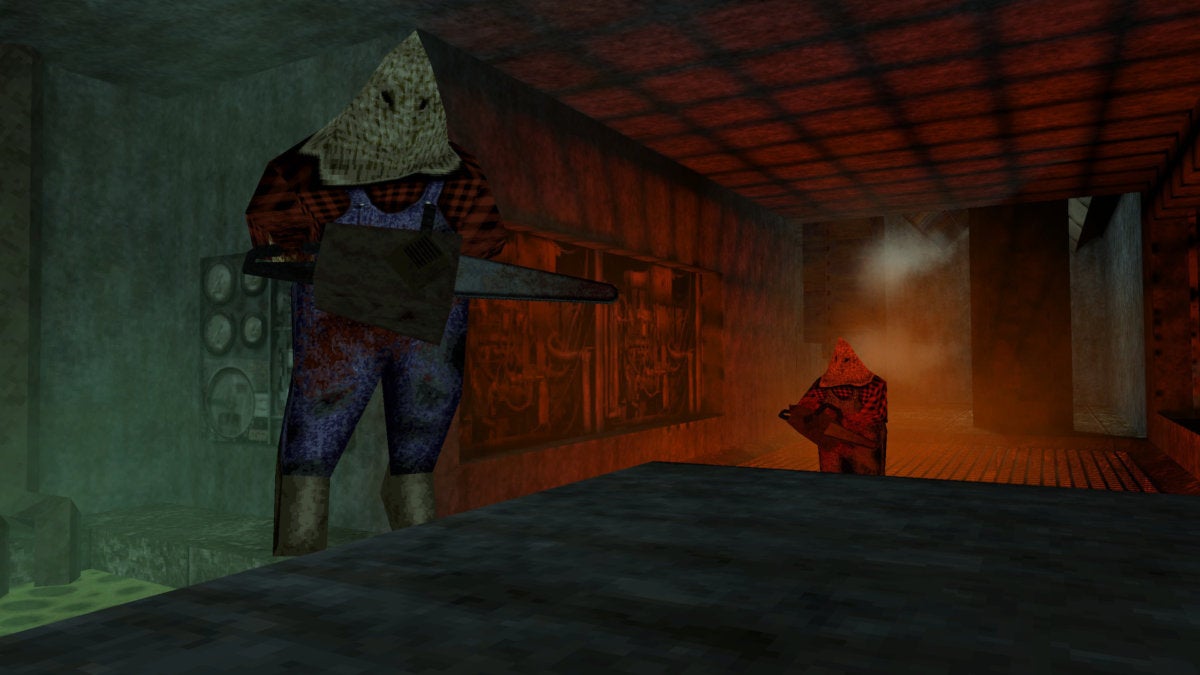
New Blood’s carved out a neat little niche, creating not just retro-inspired shooters but ones that are vaguely horror-inspired as well. Dusk takes you through sinister farms and abandoned cityscapes, Amid Evil to much weirder fantasy environs. But both are about moving a million miles an hour, shooting anything that moves, and opening a bunch of locked doors. Scary? Maybe not so much—but only because you have more than enough weapons to defend yourself from all the horrors that await.
If that’s not enough, Blood: Fresh Supply remasters one of New Blood’s inspirations. Might as well grab all three and get gibbing.

The first Evil Within was a mess of a game. Oh sure, it had brilliant ideas, but the execution was just dismal at times—clunky movement, a tedious and poorly paced opening, and a save system that caused more than one person I know to quit after a few hours.
But The Evil Within 2 is excellent—one of 2017’s best games, even. The more open-world structure of some acts takes a bit of getting used to, but its more story-driven bits are home to jaw-dropping spectacle: people’s last moments frozen in time, unsettling architecture, supernatural hallucinations. All the ideas that made the first game worth the grind are back, and paired with a game that actually plays well this time.
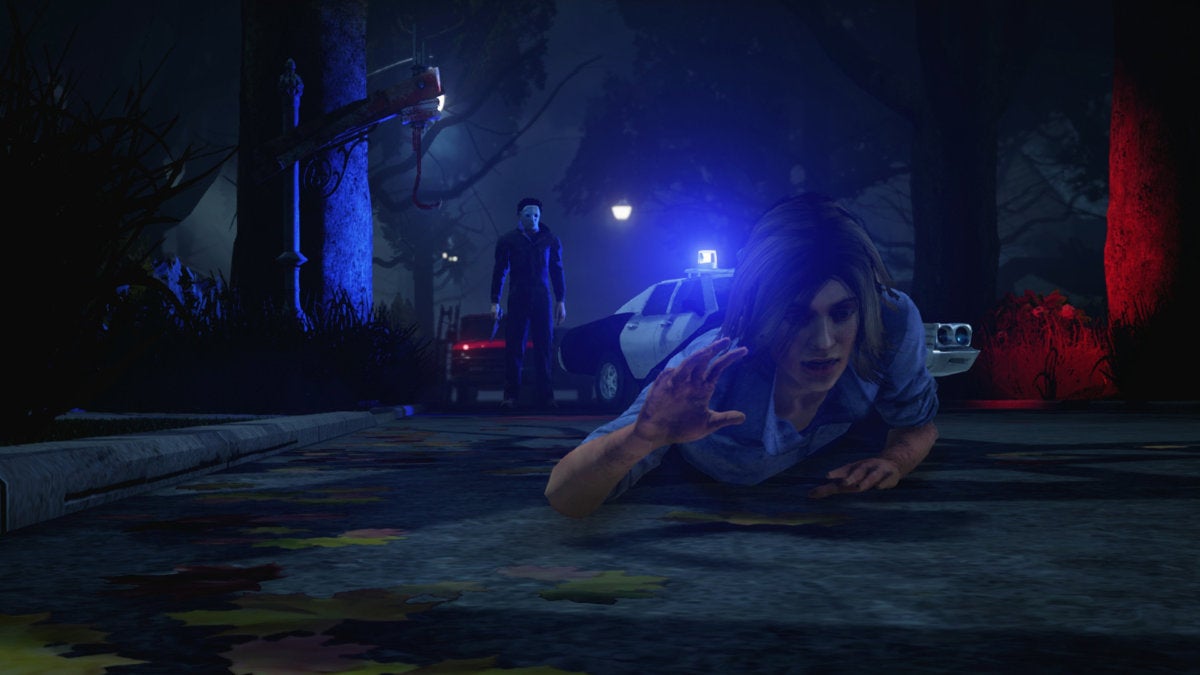
Once upon a time this slide was a battle between Dead by Daylight and Friday the 13th, two horror games with a similar conceit: Asymmetric multiplayer, where four survivors have to band together and hold out while another player, the powerful monster, tries to kill them off. “Think Evolve, but for sadists,” I wrote.
But Dead by Daylight is your only option now. The Friday the 13th game got caught up in the ongoing lawsuit over the series rights, with the developers pretty much abandoning and saying “no new content” would be forthcoming. Rest in peace, and all. You can still buy it on Steam, but you’re better off sticking with Dead by Daylight.

One alien. That was the design direction behind Creative Assembly’s Alien: Isolation, which pursued the survival horror mood of the original 1979 film instead of the action-packed plot of Aliens.
And it worked. Though a bit overlong and at times needlessly difficult, Alien: Isolation is the strongest big-budget horror experience in years. This game is just plain tense—almost unbearably so if you play it with a VR headset. And it’s available for Linux, Steam Machines, and OS X, too.
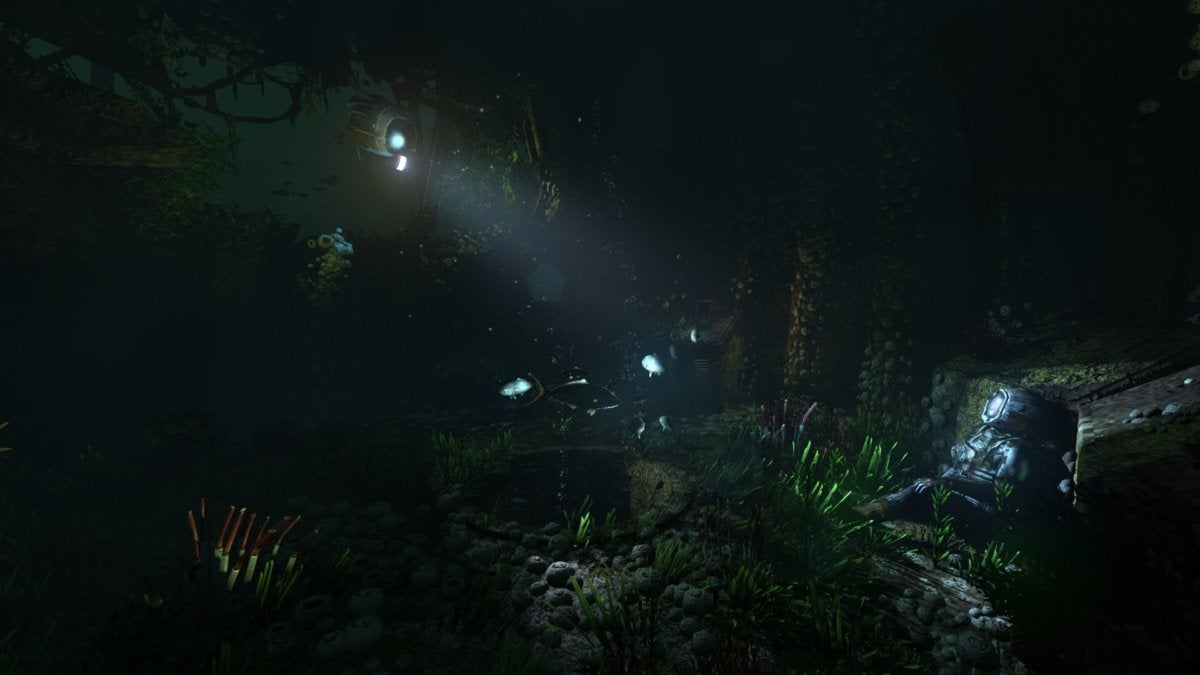
SOMA isn’t the scariest game Frictional’s ever made. It’s not. It’s barely a horror game for long stretches at a time, and the monsters are more hindrance than terror.
But the underwater confines of PATHOS-II are often unnerving, what with the groans of pressurized metal and the flickering lights and the robots that seem to believe they’re still human. It’s a strong experience, and one well worth playing even if it won’t make you leap out of your seat.
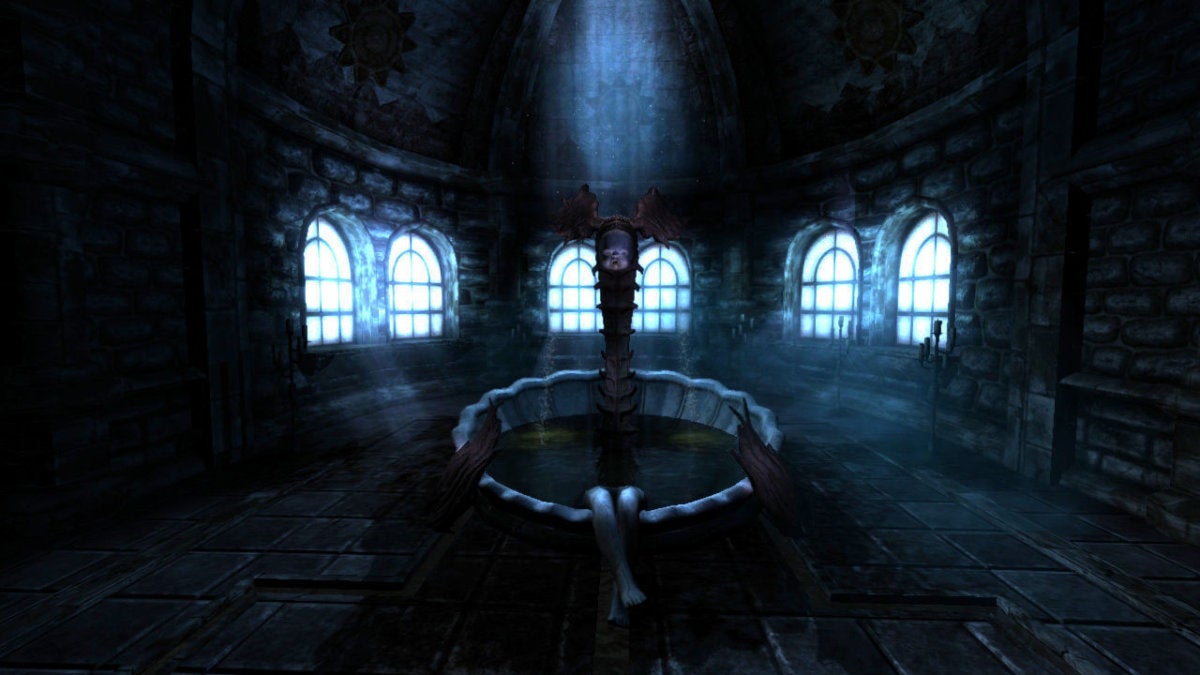
Now we’re digging into Frictional’s truly great scares. A Victorian-era castle may not seem like the best setting for a horror game, but with Amnesia: The Dark Descent Frictional took everything it learned from its earlier games, polished it, and released one of the scariest games of all time. You play as Daniel, an archeologist who’s lost his memory and has only a letter—apparently written by him—to guide his escape from the mad castle and shadowy figures that stalk him.
As of 2018, Amnesia‘s also been updated with a new difficulty level, harder than before. I wouldn’t recommend it for new players, as true horror’s found in thinking you might die and then escaping. But for veterans, it’s great to have a reason to revisit the castle.
And while it’s more polarizing, the sequel Machine for Pigs is worth checking out, as long as you curb your expectations.

Part of the appeal of Doki Doki Literature Club is not knowing it’s a horror game when you go into it, so it feels a bit like a betrayal to put it on here, a “Best Horror Games” list.
But even knowing there’s a twist coming, Doki Doki Literature Club is still a smart horror experience that pulls some unsettling tricks on the player. Better yet, it’s free, so even if you’re not big into the visual novel genre normally (I’m not) you won’t risk much by downloading it and giving it a try.
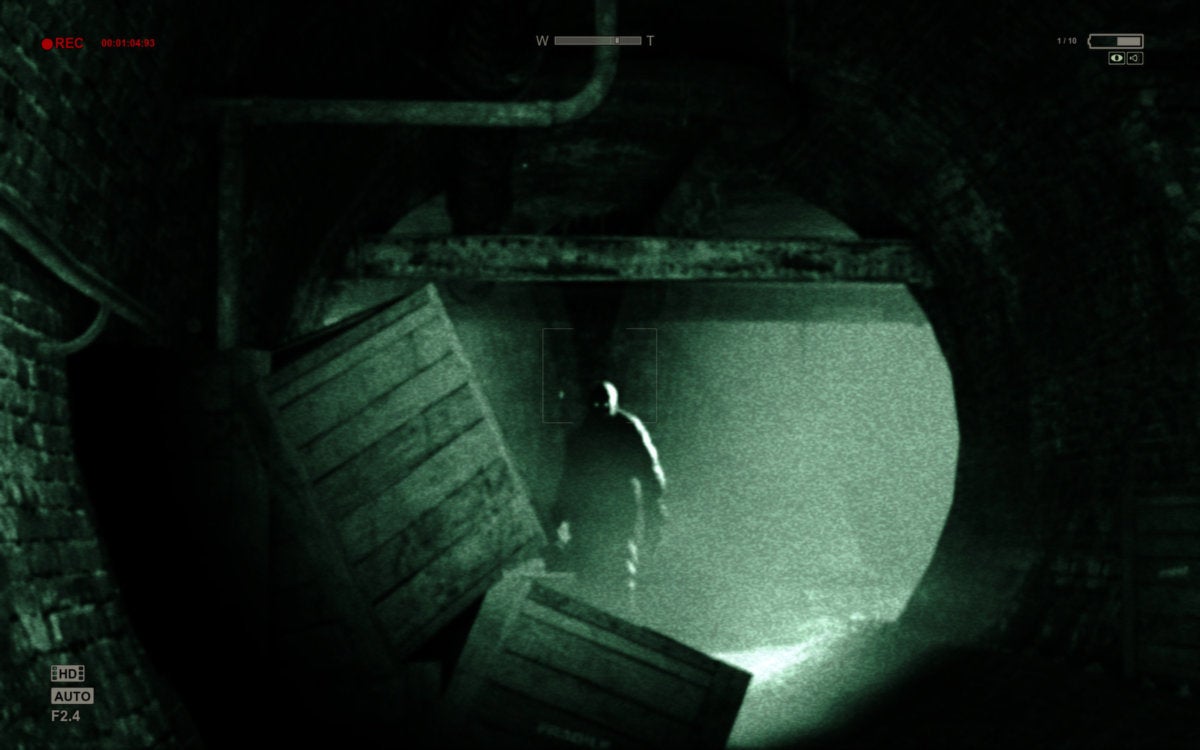
Asylums are easy fodder for horror. That said, Outlast makes the most of its clichéd setting by providing you no way to defend yourself and forcing you into the found-footage conceit popularized by horror films like Blair Witch Project. The game has some pacing issues, but it’s definitely not for the faint of heart—gore and jump scares abound.
And if you already played and enjoyed the base Outlast game, be sure to check out the Whistleblower DLC released last year. Outlast 2? Not so much.

It’s a point-and-click, but Stasis has atmosphere in spades. You wake up on a strange spaceship, surrounded by bodies, and it only gets worse from there.
Styled after the classic isometric horror game Sanitarium and paying obvious homage to Alien, Event Horizon, I Have No Mouth and I Must Scream, and other bits of beloved genre fiction, Stasis is easily one of the best horror games in recent years—not necessarily because of overt scares, but because it tells a compelling story and has a way of getting under your skin.
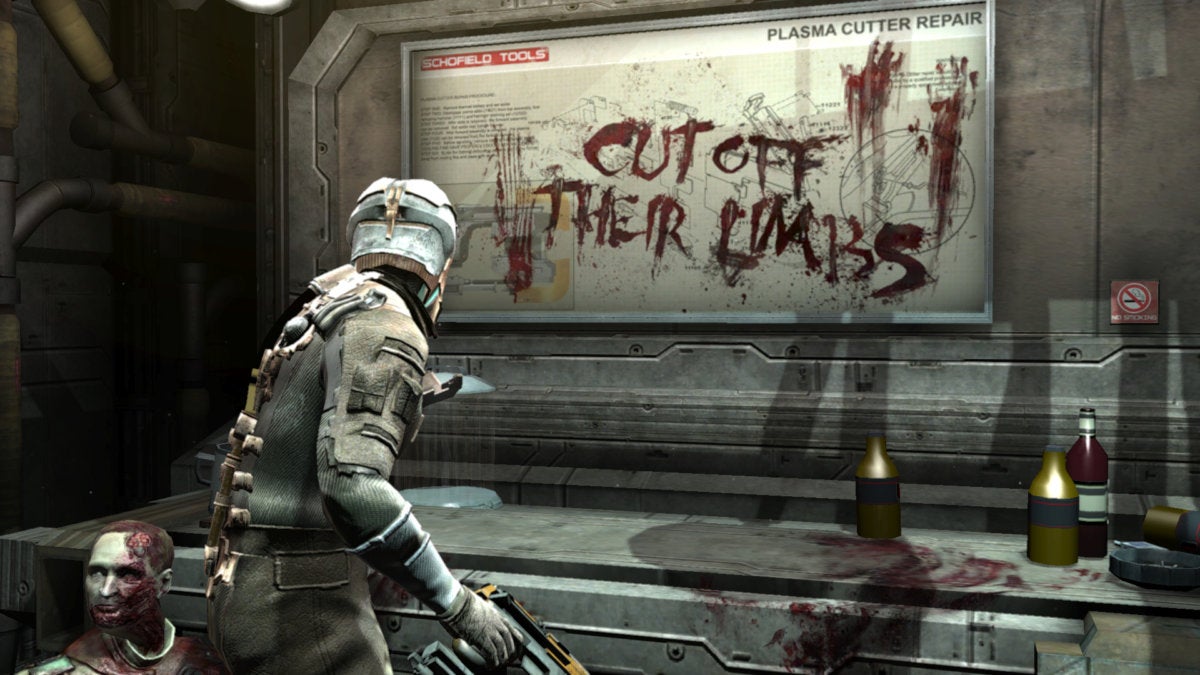
If System Shock 2 is the best space-based survival horror game of all time—and it is—Dead Space is a close second. Engineer Isaac Clarke attempts to repair an enormous space station, only to find it’s infested by aliens known as the Necromorphs.
Dead Space is essentially the horror game Doom 3 so desperately tried to be. It’s absolutely worth checking out.
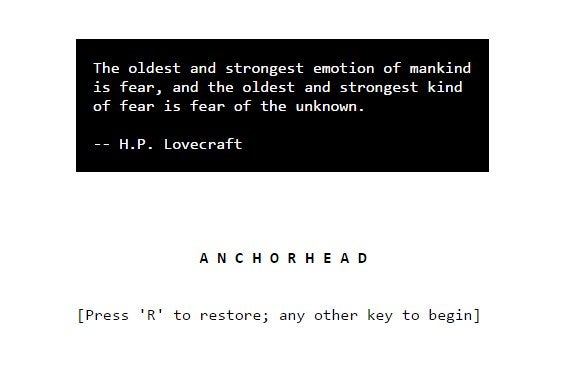
Scared by… a text adventure? It’s true. The tale of a creepy old mansion and a young couple, Anchorhead is over fifteen years old at this point and owes a hefty amount to Mr. H.P. Lovecraft. Like a good horror novel, Anchorhead is less about jump-out-of-your-seat scares and more about creating tension, but it does that masterfully.
Plus it’s free, like most modern text adventures, and playable through your browser.
Also worth checking out: Slouching Towards Bedlam, Vespers.



